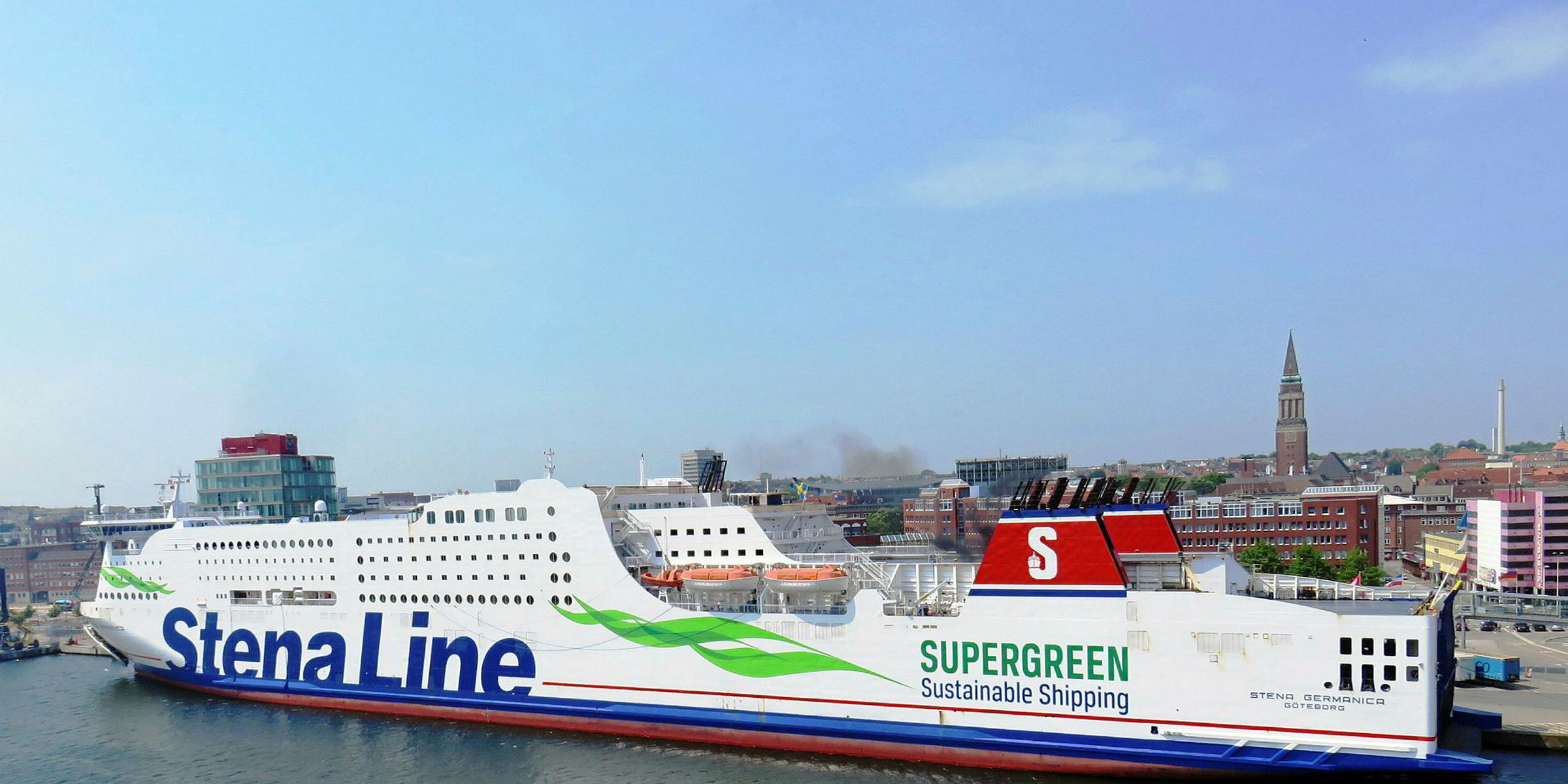Amid the race to meet the IMO’s sulphur emissions rules by 2020, methanol is being touted as one fuel solution for the shipping industry. Not surprisingly, the largest global producer of methanol is leading the charge with its own shipping arm as the test case.
Waterfront Shipping, the logistics arm of Canada’s Methanex, is adding four new methanol-capable MR tankers to its fleet over the next two years, bringing its methanol capable fleet to 11 by 2019.
Paul Hexter, the president of Waterfront Shipping, says the order is proof that methanol is ready to play a role in the future of marine fuels thanks to its zero sulphur content. Yet even advocates admit methanol supply will need to expand greatly in order to meet the scale needed in global shipping.
Hexter, who took over the helm of Waterfront last March, says his tenure has been marked by ongoing lessons from running the first methanol-capable tankers in the world. Aside from the Waterfront MRs, the 1,300-lane Stena Germanica (built 2001) is the only other vessel capable of running on methanol.
“We believe in the technology and it’s worked really well for us,” Hexter says.
We believe in the technology and it’s worked really well for us
Methanol, which is derived from natural gas, is liquid at ambient temperature and pressure, meaning it does not require new infrastructure as is needed in LNG bunker operations.
But due to its low flash point, methanol cannot be stored in engine rooms as can conventional bunkers. The Waterfront ships hold the methanol in slop tanks and day tanks on the top deck. Fuel is pumped to the engine room as needed.
“Since it's first of its kind, there are some learnings over the last year and a half,” Hexter says. "All of those learnings will be applied to the next four ships delivered."
Along with different fuel tank configurations, methanol has about half of the energy content of other bunker fuels, meaning it requires burning twice as much.
Rene Laursen, a marketing manager for engine manufacturer MAN, says the methanol tanks are less complex than heavy fuel oil tanks, which need heating. But since the tank volumes are larger, so space-constrained vessels may be less suited.
“It’s a challenge for containerships, but tankers and bulk carriers have the space,” Laursen says.

Laursen adds that the price of engines with methanol-injection capability has fallen 40% since the first Waterfront ships were delivered. But methanol injection capability still costs about 20% more than a regular engine.
In addition, methanol prices have doubled over the last two years. Spot methanol prices are close to $500 per metric tonne currently, compared to $249 per metric tonne in April 2016.
Hexter says Waterfront vessels are burning methanol regularly on the open ocean, and not just in emissions control areas where low-sulphur fuels make more economic sense. Despite the strength in prices, Hexter says methanol has been less expensive over the last 10 years on an energy equivalent basis compared to low-sulphur marine gasoil.
“The beauty of the dual-fuel engines is the flexibility to choose the lowest cost fuel available on the market,” Hexter says.
Methanol prices have risen with better natural gas prices and higher demand from China’s chemical industry, an increasingly important consumer. Laursen says a lower grade, less-expensive methanol for shipping could be made, but the supply needs scale in order to compete with other marine fuels.
“There’s not enough methanol being produced in big quantities,” Laursen says.
Globally, there is some 78 million tonnes of methanol produced worldwide per annum with most of that going to chemical products and other uses. In comparison, the shipping industry uses 230 million tonnes of bunker fuel yearly.
Adrian Tolson, a bunkering consultant with 20|20 Marine, agrees methanol needs greater scale in order to be viable. LNG bunkering has big sponsors in Shell and Total that are helping that market grow.
“Methanol is not as capital intensive and complicated as LNG, but it’s also not as widely marketed and available,” Tolson says. “What might be the best technology does not always win out.”
Hexter says methanol will not be the entire solution to the fight against high-sulphur bunker fuel. But he is confident that it is a viable alternative for many vessel classes.
“It's definitely going to be part of the (IMO 2020) solution,” Hexter says.
This story has been amended since publication to clarify that methanol has been less expensive over the last 10 years.



